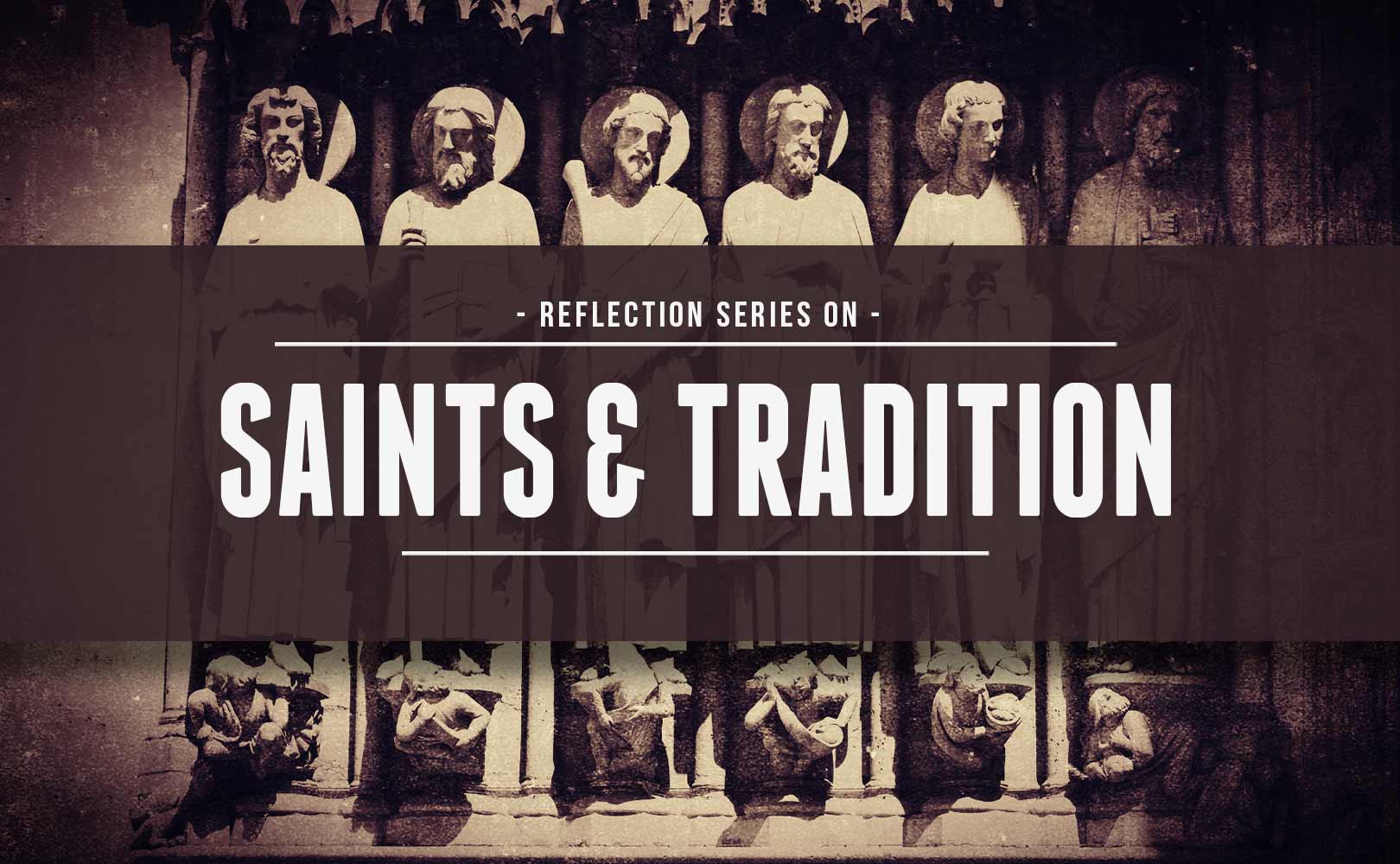Holy relics are a distinctive feature of Catholicism. Would you expect to see the bones of some ancient martyr on display at your local Evangelical church? To most non-Catholics, holy relics are just plain weird. Sadly, veneration of holy relics even among Catholics has also been a practice often relegated to “old-fashioned” Catholics—a quasi-superstitious holdover from the “dark ages.”
Yet holy relics have been part of the Faith since the beginning. Relics are physical connections to the sacred. They include the body and bones of saints, as well as physical items they owned or just touched. Holy relics allow us to connect to those holy men and women who came before us, to enter more deeply into the mystery of their Christ-like lives.
One woman who did more to promote the veneration of holy relics than perhaps anyone is St. Helen, the mother of the Emperor Constantine. Helen’s son conquered the Roman Empire under the sign of the Cross, and he wanted his mother to find the True Cross—the greatest holy relic of the Christian Faith—so it could be adored and venerated by the whole Church. So Helen traveled to Jerusalem in her quest to find the most precious relic of all.
Helen began by asking the locals of Jerusalem if anyone knew where the Cross might be, but no one could say for sure. Finally, a Jew told her that it was believed to be under the Temple of Venus. Helen had the Temple destroyed (so much for interreligious dialogue) and began an excavation. Three crosses were unearthed.
But which was the True Cross? The Bishop of Jerusalem saw a funeral procession nearby, and ordered the body of the dead man to be brought to him. The body was placed on top of each cross. When it was placed on the True Cross, the man was raised from the dead: the instrument of our salvation had been found.
The Jew who first told Helen about the location of the Cross was himself converted to Christianity and later became the Bishop of Jerusalem.
In her joy Helen began a mission to build churches at the locations of the events in the life of Our Lord and Our Lady. Helen realized how important these locations, along with holy relics, were to the Faith. They proclaim two important truths: first, Christianity is not a myth; and second, Christianity is fundamentally incarnational.
The Catholic love of relics and holy places reminds us that our religion originated in a specific time and place. We do not believe in gods who supposedly existed in some other reality. No, we believe in a God who walked the streets of Nazareth in the Roman Empire in the early first century. One can today walk in these same locales, and see the same land. A religion that makes such an audacious claim has confidence in its beliefs, for it knows those claims can be “fact-checked,” unlike the claims of mythology.
Relics and holy places also remind us that Catholicism is incarnational. God became flesh, which elevates matter to new heights. Further, each one of us is comprised of soul and body, and our bodies are not merely containers for our souls; they are a real part of our human nature, of what we are. So the relics of holy people point to the real saint, not just to some memory. In a very real way, they bring us into contact with that saint and his holiness. Relics also teach us that we are to treat our bodies in a holy way and use them to grow closer to Christ and become saints ourselves.
St. Helen had a deep desire to bring forth the physical aspects of our Faith through the veneration of relics and holy places. We may not be able to make a pilgrimage to the Holy Land, but we can know that the existence of these places and these relics testifies to the incarnational reality of our Faith.


